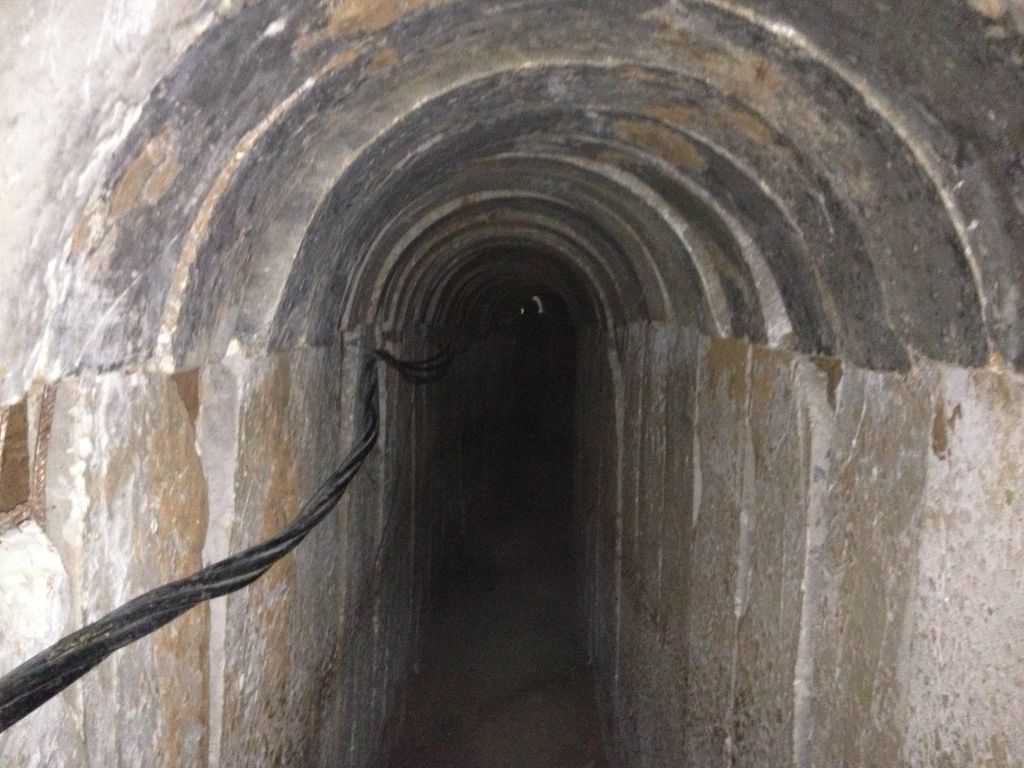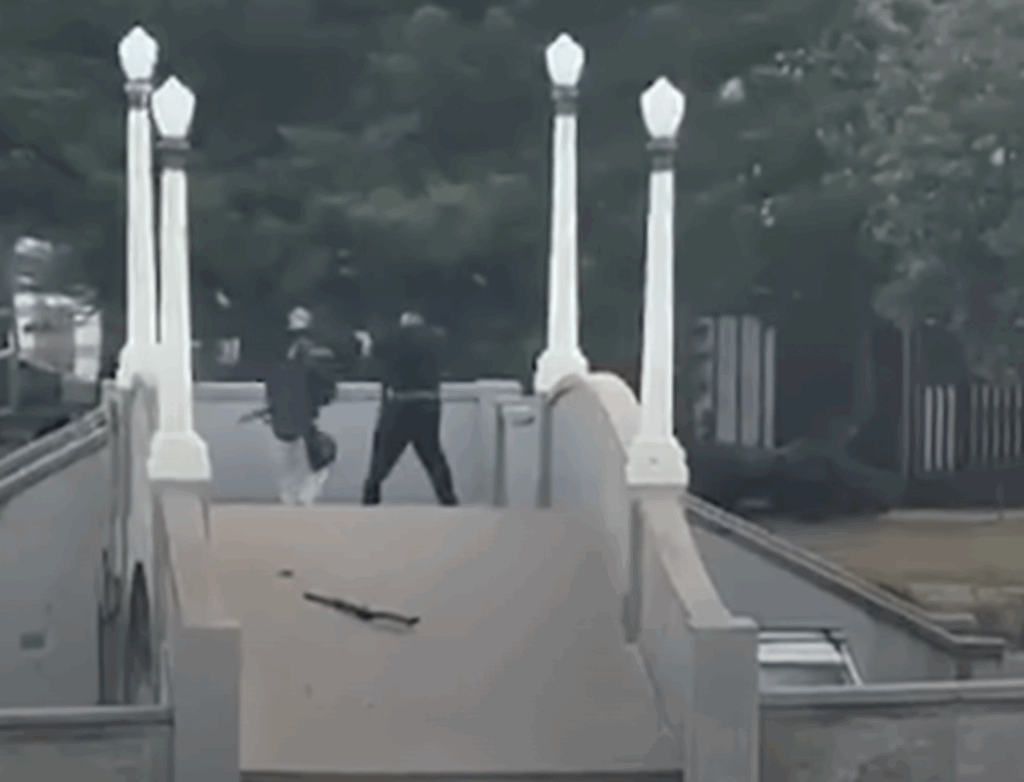UPDATES
Tunnels provide yet more evidence of Hamas’ use of ostensibly civilian buildings for military purposes
August 1, 2014 | Robert Ellenhorn

As the war in Gaza moves into its fourth week, additional information about Hamas’ extensive network of underground tunnels is beginning to surface. One thing that has become increasingly clear is that, in keeping with Hamas practice, the entrances to many tunnels are located in clinics, homes, and mosques (Some evidence of this Hamas policy was discussed by Sharyn Mittelman in a previous post). Meanwhile my post yesterday contained additional video evidence of sniper fire and rocket storage at Gaza’s al-Wafa hospital – which is also alleged to have contained a terror tunnel complete with fake IDF uniforms to carry out terror attacks.
The tunnels – built with large amounts of cement, much of it allowed into Gaza by Israel in order to build houses, schools, hospitals and other infrastructure – have been described as akin to an underground subway system. The tunnels serve various purposes – as shelters for militants, storage of weapons and other military equipment, in addition to serving offensive purposes such as infiltrating into Israeli civilian communities and carrying out attacks or taking hostages.
It was quite shocking when the IDF discovered a tunnel leading into a Kibbutz dining hall. However, the discovery of entrances to Hamas tunnels inside Gazan civilian infrastructure is equally shocking.
Discovered this week was the entrance to a tunnel located within a booby-trapped UNRWA clinic. Three IDF soldiers were killed in an explosion caused by the booby-trap, while attempting to locate the tunnel.
Hamas using an UNRWA building for military purposes appears to be common, in light of the discovery of Hamas rockets being stored at UN run schools on three separate occasions.
Some Palestinian advocates, such as Hanan Ashrawi on ABC Radio have been making the claim that it is “not true”, in Ashrawi’s words, that rockets were found in UNRWA’s Gaza schools. She insisted they were found in “empty buildings”. But the UN says the buildings were schools – and of course, school in Gaza and Israel is currently out for the summer. That presumably is why they were empty – but they were still schools.
The UNRWA clinic was presumably not empty when Hamas built a terror tunnel entrance in its floor and then booby-trapped it with explosives. The obvious question is why UNRWA staff at the clinic allowed them to do so.
Meanwhile, on Thursday, the IDF released footage showing the entrance to a tunnel shaft found within the basement of a mosque. The footage shows the entrance to the tunnel along with the various digging tools found in the mosque’s utility room as well as weapons found inside the tunnel. The soldier narrating the clip notes that the tunnel reaches about 14 metres under the ground and was connected to a network of other tunnels used in the areas.
Israel has discovered various other tunnel shafts throughout the Gaza strip – some located on the property of civilian residences. It is believed that residents are bribed or coerced into allowing Hamas to use their property as tunnel shaft entrances. Journalist Avi Isacharoff documented one such instance in the neighbourhood of Khan Younis.
“In front of us we saw a one-story house, with a paratrooper unit surrounding it. Just a few hours earlier, we were told, the soldiers had uncovered an attack tunnel here, stretching into Israel . . . The tunnel shaft was discovered in the backyard,”
As more and more tunnels are discovered, it only seems to confirm that Hamas embeds much or even most of its military operations amongst its civilian population – perhaps on an even larger scale than was previously thought. It shows yet again that tragically Hamas is much more interested in destroying Israel than the welfare of its people. It is a sad reality that cement allowed into Gaza by Israel intended for the building of schools, dining halls and clinics in Gaza has instead been used to construct tunnels so that Hamas can attack schools, dining halls and clinics in Israel.
The tunnels have become a major strategic concern for Israel and have shaped the course of Operation Protective Edge. For more information on the tunnels and their implications, see the recent blog post by AIJAC’s Glen Falkenstein here.
Robert Ellenhorn
Tags: Israel





